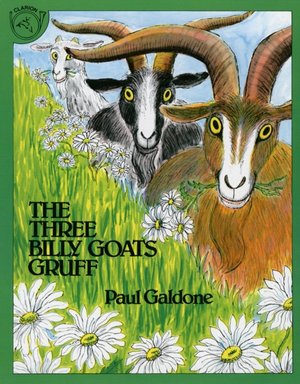
Author: Faith Ringgold
Illustrator: Faith Ringgold
Theme: This story focuses on the treatment of African Americans during the Civil Rights Movement. The young girl sees in her dream the exact same thing that actually happened to African Americans during the Civil Rights Movements. The children will focus on the treatment of African Americans during the story and try to find a solution on how they could try to gain equal rights.
Subject: Social Studies
Genre: Historical Fiction
Grade Level: Sixth through Eighth
Pre-Reading Strategies: Before reading the story, the children will go over a quick timeline of Martin Luther King Jr.’s life. They will highlight his accomplishments, as well as the hardships he had to face as a peaceful Civil Rights leader during the Jim Crow Period. Since Martin Luther King Jr. is the main focus of the story, the children will ask any questions regarding what Martin Luther King Jr. did during his time on Earth. After the timeline is complete, I will read the story aloud to the students.
Summary: This book is about a young girl who had a dream about Martin Luther King Jr. and the Civil Rights Movement. In her dream, history repeats itself. African Americans were treated with prejudice, hate, and were being discriminated against. A young black boy was told to go to a “white’s only” school, as well as sitting in the back of the bus. African Americans would protest the treatment they were receiving from the white folks. However, the young boy met Martin Luther King Jr. who greatly protested against the Civil Rights Movement. The young boy sat through Dr. King’s speech and went to his mourning the day he was shot. The young girl wakes up from her dream right before Martin Luther King’s famous “I Had a Dream” speech.
Post-Reading Strategies: After reading the story, the children will get into groups and discuss the importance of Martin Luther King Jr.’s peaceful movement to get African Americans freedom. They will also write down three ways in which they would protest the unfair treatment the African Americans received during the early and mid-20th Century. This activity will focus the strong influence Martin Luther King Jr. had on black history and the rights they received after his death.
Assessment: Reflection question for the students...how would you have handled your situation if you were MLK?
Reflection: Another excellent story highlighting the struggles African Americans had to go through during the Civil Rights Movement.
Ringgold, Faith.
(1995). My Dream of Martin Luther King. New
York: Crown Publishers Inc. Grades K-1.















